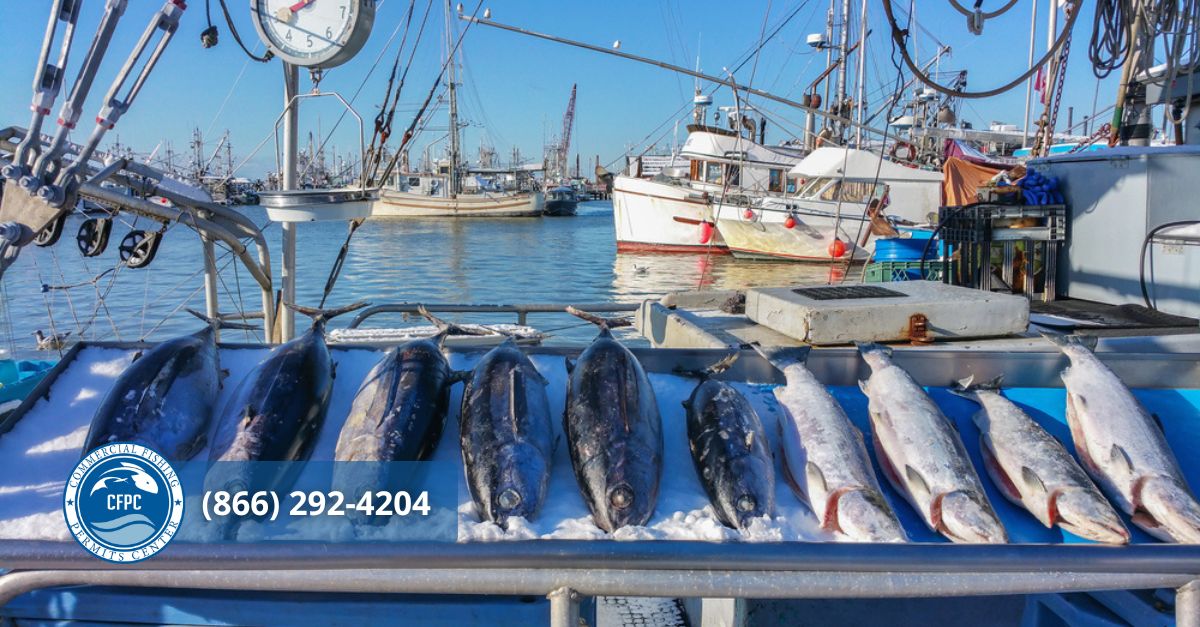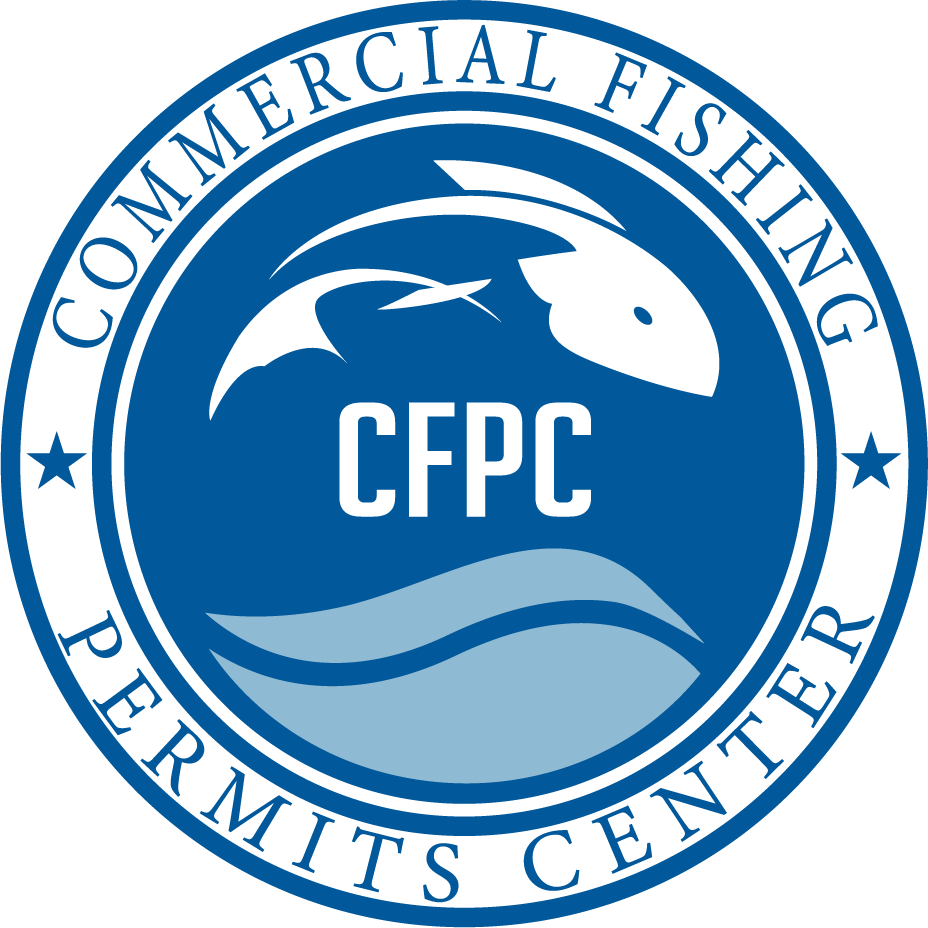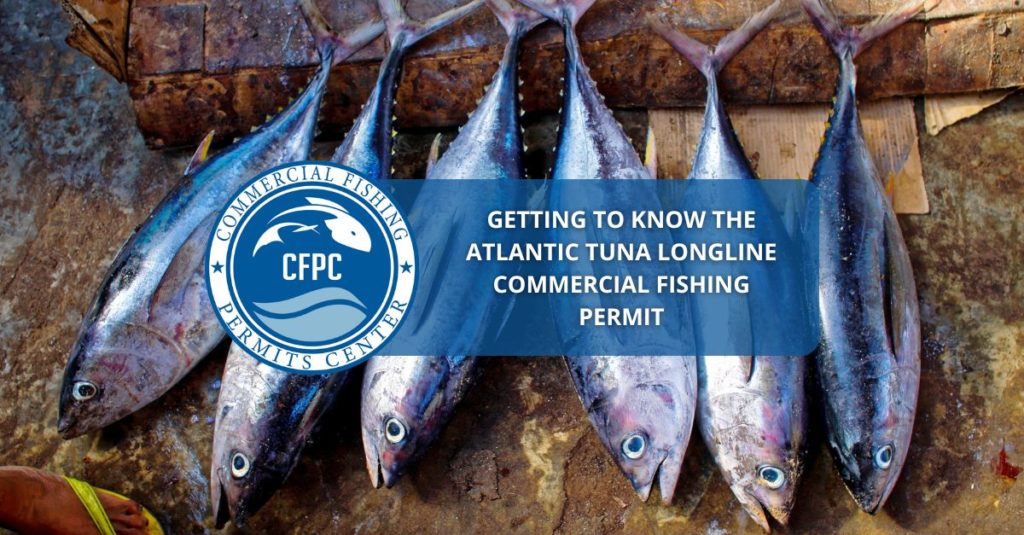There is always a demand for fresh seafood. Restaurants, grocery stores, and markets are always on the lookout for quality fish, and if you are a commercial fisherman, you understand that you need to reel in whatever will be good for your bottom line. One of the great things about commercial fishing is that it is done all over the world. As every region will have its own sought-after native species, commercial and industrial fishing is a global business. If you are new to this line of work, or if you are thinking about expanding your offerings, you may want to think a bit about what you will be looking to catch, and where exactly you will catch it. If your business is situated on the east coast of the United States–more specifically, on the Atlantic Ocean–you should consider longlining for tuna. As a fish that is always in demand and can command a high dollar on the open market, catching Atlantic tuna can be an especially lucrative maneuver for your business, provided you have the correct commercial fishing permit.
Why Atlantic tuna, you may be wondering? Well, in simple terms, tuna are some of the most profitable fish on the planet. There are specifically seven species of tuna that are always in demand: Atlantic, albacore, skipjack, big eye, Pacific bluefin, yellowfin, and southern bluefin. All told, the value of the global tuna haul is in the tens of billions annually. Tuna is popular among commercial fishermen because they are found all over the world, though Atlantic tuna is primarily located, as you can imagine, in the Atlantic. If you are thinking about catching Atlantic tuna via longlining, you will need the proper commercial fishing permit–read on to learn more.
What Does it Mean to Longline for Atlantic Tuna?
If you are in the early, planning stages of launching your commercial fishing business, you have a lot of important matters to take care of. You may need to hire a seasoned crew who knows the Atlantic well. You might also need to gear up your boat so that it can better handle the rigors of commercial fishing. After all, you are likely going to be spending long hours–sometimes–days out at sea, so you want to make sure you are properly equipped for long trips. One other important issue to address is determining how you will be fishing. There are a number of different modes you can use to catch fish, including everything from a traditional rod and reel approach to dropping large purse seine nets and scooping up fish at a high volume.
For catching Atlantic tuna, however, longlining is probably your most effective approach. In this practice, you drag long lines behind your boat, sometimes up to a mile in length. Every few feet, there will be a hook on the line, which will snare tuna. While this method of commercial fishing is tried and true, you will likely land some bycatch as well. It is important that you routinely check your lines.
Which Commercial Fishing Permit Do You Need?
When it comes to commercial fishing permits, there are a wide array of options depending on where you will be fishing and what you will be aiming to catch. Before figuring out which applications you will be filling out, you should consider where you will be casting your lines. Any waters that are inland, as well as the area between zero and three nautical miles from land, are going to fall under the jurisdiction of the state. This means you will need to obtain the proper commercial fishing licenses via your local Department of Fish and Wildlife (or another similarly named agency). Most states will have a basic commercial fishing license and then a series of species-specific permits and endorsements.
When seeking to catch Atlantic tuna, you are likely going to find yourself out in federal waters. Specifically, this is the territory between three and 200 nautical miles out from land. Federal waters are regulated by the National Oceanic and Atmospheric Administration (NOAA). The NOAA has a large area to cover, so they separate their permits by region. In the case of fishing for tuna on the east coast, your most applicable region would be the Atlantic. If you browse the navigation on our website, you will see that there is a specific permit application for longlining for Atlantic tuna. You can use our streamlined web form to submit your NOAA application in just minutes.

Get Your Permits Online the Easy Way
Whether you need state-level permits or NOAA licenses, we have got you covered. At the Commercial Fishing Permits Center, we make it easy to apply for all the permits you need on one convenient website. To learn more, contact us by email or phone today.


No Comments
Be the first to start a conversation